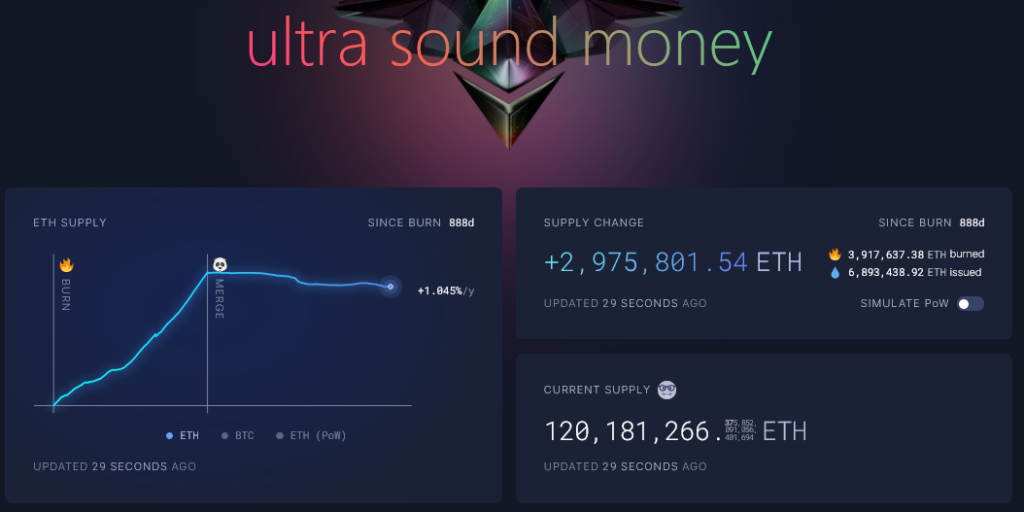[ad_1]
The time period “ultrasound money” has been thrown round fairly a bit within the Ethereum (ETH) group, usually describing the community’s potential to turn into a deflationary asset with higher tokenomics than Bitcoin (BTC). While some proponents imagine this narrative is well-founded, others argue it’s overstated and primarily based on overly optimistic assumptions.
Is The Ethereum “Ultrasound Money” Narrative Exaggerated?
In a submit on X, antiprosynthesis.eth, a developer, challenged the “ultrasound money” narrative, arguing that it’s usually accompanied by jargon which will conceal the fact of Ethereum’s financial coverage. Specifically, the analyst believes the narrative is a bit “overboard” and loaded with “a bunch of pseudo-scientific hocus pocus” that may mislead unusual customers.

Adopting a impartial view, antiprosynthesis.eth, Ethereum’s financial coverage is, most significantly, designed to be sustainable with out the damaging pitfalls of hyperinflation or extreme deflation. The developer argues that placing a steadiness in token emissions is important.
In Ethereum’s case, that is achieved by burning a portion of gasoline charges. Following the activation of EIP-1559 in 2021, the primary good contracts platform modified its bidding system, making a system the place the community units a base price with the allowance for a consumer to “tip” the validator. The base price is burnt, serving to the community turn into deflationary–or, as researchers argue, sustainable.
In Bitcoin’s case, the community will proceed to subject new cash to miners till all of the 21 million BTC are distributed. This can be greater than a decade from now. To obtain this, the Bitcoin protocol has been halving mining rewards. In the early years of Bitcoin, miners obtained 50 BTC each time they confirmed a block of transactions. However, after the community halves in April, miner rewards per block will fall to three.125 BTC.
The Road To Sustainability, Ethereum’s Issuance Rate Continues To Fall
Comparing the 2 approaches, the Ethereum developer notes that every system has its mechanism of making certain its tokenomics are sustainable. The analyst provides that the “ultrasound money” narrative championed by supporters could also be exaggerated and, to some extent, a very optimistic evaluation of ETH’s capability to be deflationary.
As of January 10, Ethereum has destroyed over 3.9 million ETH because the implementation of EIP-1559 primarily based on the Ultra Sound Money data. During this time, the community issued greater than 6.9 million.

This confirms that Ethereum has been burning extra ETH not too long ago; it stays inflationary, to a smaller diploma, like Bitcoin. Still, not like Bitcoin, Ethereum’s issuance charge has been dropping steadily because of elevated token burning.
Feature picture from Canva, chart from TradingView
[ad_2]
Source link



